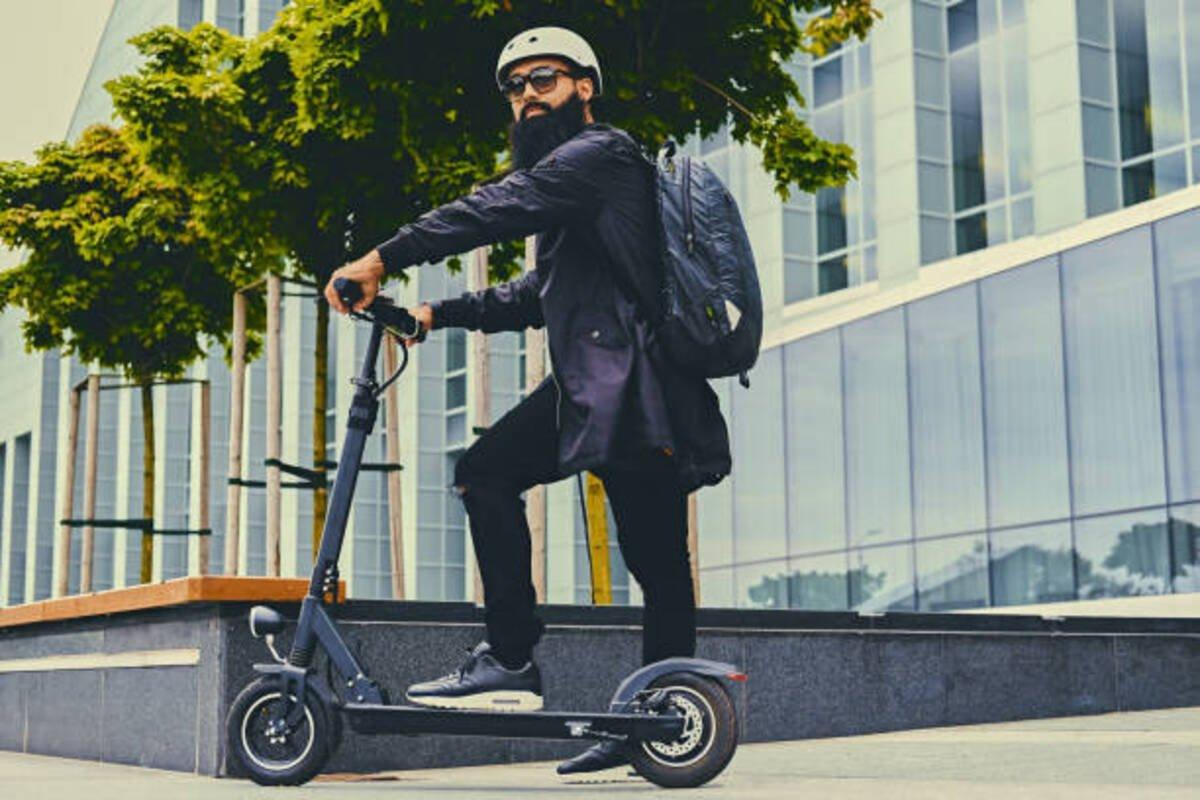
The Ultimate Guide to Electric Scooter Batteries
Share
Understanding Electric Scooter Batteries: Maximizing Performance and Lifespan
Electric scooters have surged in popularity, offering an eco-friendly alternative to traditional transportation methods. Central to their performance are the batteries, which not only power the scooter but also influence its speed, range, and overall efficiency. In this blog, we will delve into the fundamental concepts of voltage, current, and power capabilities of electric scooter batteries, discuss good practices for maintaining them, explore how to maximize their life, and understand performance variations due to different factors.
Voltage, Current, and Power Capabilities
Voltage
Voltage is essentially the measure of the potential energy per unit charge in a battery and is akin to the pressure from a water hose. It determines how much power can be pushed through the system. In electric scooters, batteries with higher voltages can deliver more power to the motor, resulting in faster speeds and a more robust performance. Typical voltages for electric scooter batteries range from 24V to 48V, with some high-performance models going even higher.
Current
Current, measured in amperes (amps), represents the flow of electric charge. It's comparable to the flow rate of water through that hose. Higher currents mean more charge is moving, which translates to more power being delivered to the electric scooter's motor at any given moment. This impacts the acceleration and the ability to climb hills.
Power
Power in an electric scooter battery is calculated by multiplying voltage and current (Power = Voltage x Current) and is measured in watts. Higher power output allows the scooter to perform better in terms of speed and torque. The power rating of a battery not only affects performance but also influences how quickly the battery drains.
Good Practice for Battery Maintenance
To ensure your electric scooter's battery remains in good condition, follow these best practices:
- Regular Charging: Avoid letting your battery discharge completely. It's best to charge the battery after each use, regardless of how far you’ve ridden.
- Proper Storage: If you're not using your scooter regularly, make sure to store the battery in a cool, dry place and charge it at least once every 30 days to prevent capacity loss.
- Avoid Extreme Temperatures: Batteries perform best at room temperature. Exposure to extreme cold can reduce the battery's effective range, while excessive heat can lead to permanent capacity loss.
Maximizing Battery Life
The lifespan of your electric scooter's battery is not just about maintaining charge but also about how you use and care for it. Here are some tips to maximize battery life:
- Use Eco Modes: Most electric scooters come with different riding modes. Using eco or low-power modes can help conserve battery life by reducing the power output.
- Gradual Acceleration: Avoid sudden acceleration. Gradual increase in speed uses less battery power and helps in maintaining the battery’s health over time.
- Regular Maintenance: Check your scooter's battery connections and terminals regularly for any signs of corrosion or loose connections, as these can affect performance and battery life.
Performance Variations
The performance of electric scooter batteries can vary based on several factors:
- Battery Capacity: Larger capacity batteries maintain higher performance and range but may take longer to charge.
- Weather Conditions: Batteries can perform differently depending on ambient temperatures. Cold weather can reduce range, while very hot conditions can lead to overheating and reduced lifespan.
- Age of the Battery: Over time, batteries degrade naturally which can lead to reduced performance and range. This degradation is a result of the natural chemical processes occurring within the battery cells.
By understanding the basics of voltage, current, and power, adhering to good practices for battery maintenance, and implementing strategies to maximize battery life, you can significantly enhance your electric scooter's performance and extend its lifespan. Remember, a well-maintained battery not only offers longer rides but also ensures the longevity and reliability of your electric scooter.
Performance Variations
AOVO Pro ES80 electric scooter = 36V / 10.4A




